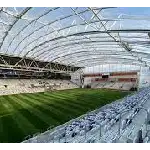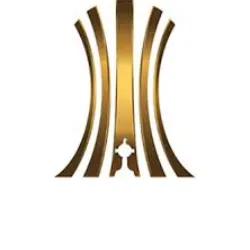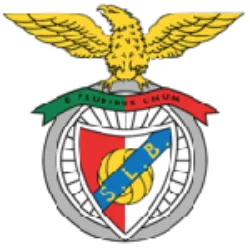Who were the mascots of the Women's Cup over the years

Who were the mascots of the Women's Cup over the years: In the first one in 1991, in China, the mascot was a little bird called Ling Ling. The mascot of the 1995 edition in Sweden was a Viking named Fiffi. In the United States in 1999, the mascot was a fox named Nutmeg chosen to represent the speed, intelligence and agility of the players on the field. There was no mascot in 2003 because the competition was to be held in China, but it was hastily moved to the United States due to the SARS epidemic. In 2007 in China, the mascot was a girl named Hua Mulan, inspired by the Chinese legend that became a Disney movie. At Germany2011, a cat named Karla Kick was chosen to be the mascot. An arctic owl named Shuéme was chosen to be the mascot of the 2015 Women's World Cup in Canada. The 2019 mascot was Ettie the chicken. The 2023 World Cup mascot is Tazuni, a penguin with a blue streak of hair.
Brazil debuted in the 2023 women's football world cup against Panama on 24 July

Brazil debuted in the 2023 women's football world cup against Panama on 24 July.
The highlight was Ary Borges, who scored a hat-trick (3 goals in the match).
Bia also scored, thus completing a 4x0 rout.
Queen Marta, who started on the bench, entered the second half, played a good game and brightened up even more the great debut match of the Brazilian team..
Test yourself with one of these challenges 👇
Discover some interesting facts about FIFA Women's Cup
FIFA decided to increase the number of participating teams

FIFA decided to increase the number of participating teams from 24 to 32 in the women's tournament, to match the format of the men's tournament. The tournament will have eight groups with four teams each. In the end, the top two teams in each group will advance to the Round of 16. This decision was taken due to the increase in the level of games recorded in the two previous editions.
The Eden Park Stadium, located in Auckland, New Zealand

The Eden Park Stadium, located in Auckland, New Zealand, is the stage chosen for the start of the Cup and has a capacity for 50,000 fans. Built in 1900, it is traditional in the region and is mainly used for rugby and cricket, sports that are characteristic of New Zealand. Throughout the Cup, it will host the games of the group stages, round of 16, quarterfinals and also the semifinal. The opening game will be between New Zealand and Norway.
Forsyth Barr Stadium, also known as Dunedin Stadium

Forsyth Barr Stadium, also known as Dunedin Stadium, is a stadium located in Dunedin, New Zealand. Inaugurated in August 2011, it has capacity for 30,748 people. The highlight of this stadium is the fact that it is the only one in the world that is fully covered, with a fixed roof, and has natural grass. In the 2023 World Cup, the stadium will host group stage games. In addition, Forsyth Barr Stadium is used primarily for rugby and national championship football matches.
Sydney Football Stadium, better known as Allianz Stadium

Sydney Football Stadium, better known as Allianz Stadium, is a stadium located in the Moore Park neighborhood of Sydney, Australia. This modern structure has a capacity for 42,500 people. Inaugurated in 2002, this venue was renovated in August 2022. Renowned for its Rugby matches, the Sydney Football Stadium will host the 2027 Rugby World Cup, as well as being the sub-venue for some football matches of the Summer Olympics de 2032. For the XXI FIFA World Cup, the stadium will host group and round of 16 matches.
Wellington Regional Stadium, also known as Sky Stadium

Wellington Regional Stadium, also known as Sky Stadium, is a stadium located in the capital of New Zealand, Wellington. Opened on January 3, 2000, it replaced the old Athletic Park. With capacity for 34,500 people, it is the second largest stadium in the country, second only to Eden Park. In addition to rugby, cricket and football matches, the stadium hosted the Rugby World Cup in 2011. In the Women's World Cup, it will host matches up to the quarterfinals.
Test yourself with one of these challenges 👇
HOME














